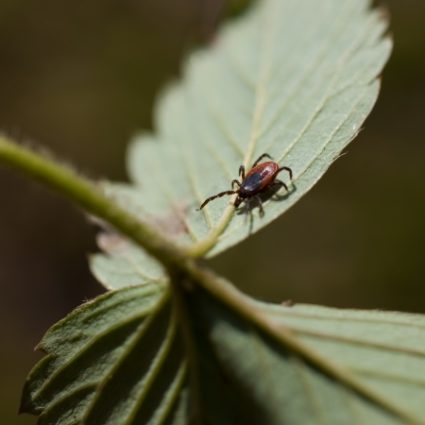
Lyme disease has been spreading across the United States over the past several decades, and a new study has confirmed that ticks carrying the disease are present in eastern national parks.
According to the study published in the Journal of Medical Entomology, researchers from the Centers for Disease Control and Prevention (CDC) and the National Park Service (NPS) collected ticks along hiking trails in nine eastern national parks. They found blacklegged ticks (Ixodes scapularis), also called deer ticks, infected with the bacteria that causes Lyme disease in all nine parks. The study is the first to confirm the presence of these ticks, which researchers already suspected because Lyme disease has been reported in the region. "We know Lyme disease is increasing both in numbers of infections and in geographic range in the United States," said Tammi Johnson, one of the researchers from the CDC. "This is the first large-scale survey in multiple national parks, and though suspected, it had not been previously confirmed that ticks in many of these parks were infected. It's quite likely that ticks infected with Lyme disease spirochetes are present in other parks in Lyme disease endemic areas, too." This new discovery shouldn't come as a surprise, according to the study's authors. "These tick-borne diseases occur in this area of the country," continued Danielle Buttke, a study co-author from the NPS. "Having local information about real-time risk can help motivate visitors to reduce that risk." And how can park visitors reduce that risk? Here are some of the best ways, according to the CDC and NPS:- Use repellents that contain 20-30 percent DEET on exposed skin and clothing.
- Use products that contain permethrin on clothing.
- Shower within two hours of leaving a tick-prone area to wash off ticks that may be crawling on you.
- Check yourself for ticks and remove attached ticks.
- Dry clothes in a dryer on high heat for 10 minutes to kill any ticks on your clothing.
- Check pets and gear for ticks.
- Hike in the center of trails.
- Avoid sitting down or leaning on logs or bushes along the trail.
RELATED:
CLICK HERE to see an interactive map of increase in Lyme disease in Northeast, 2000 – 2014.

